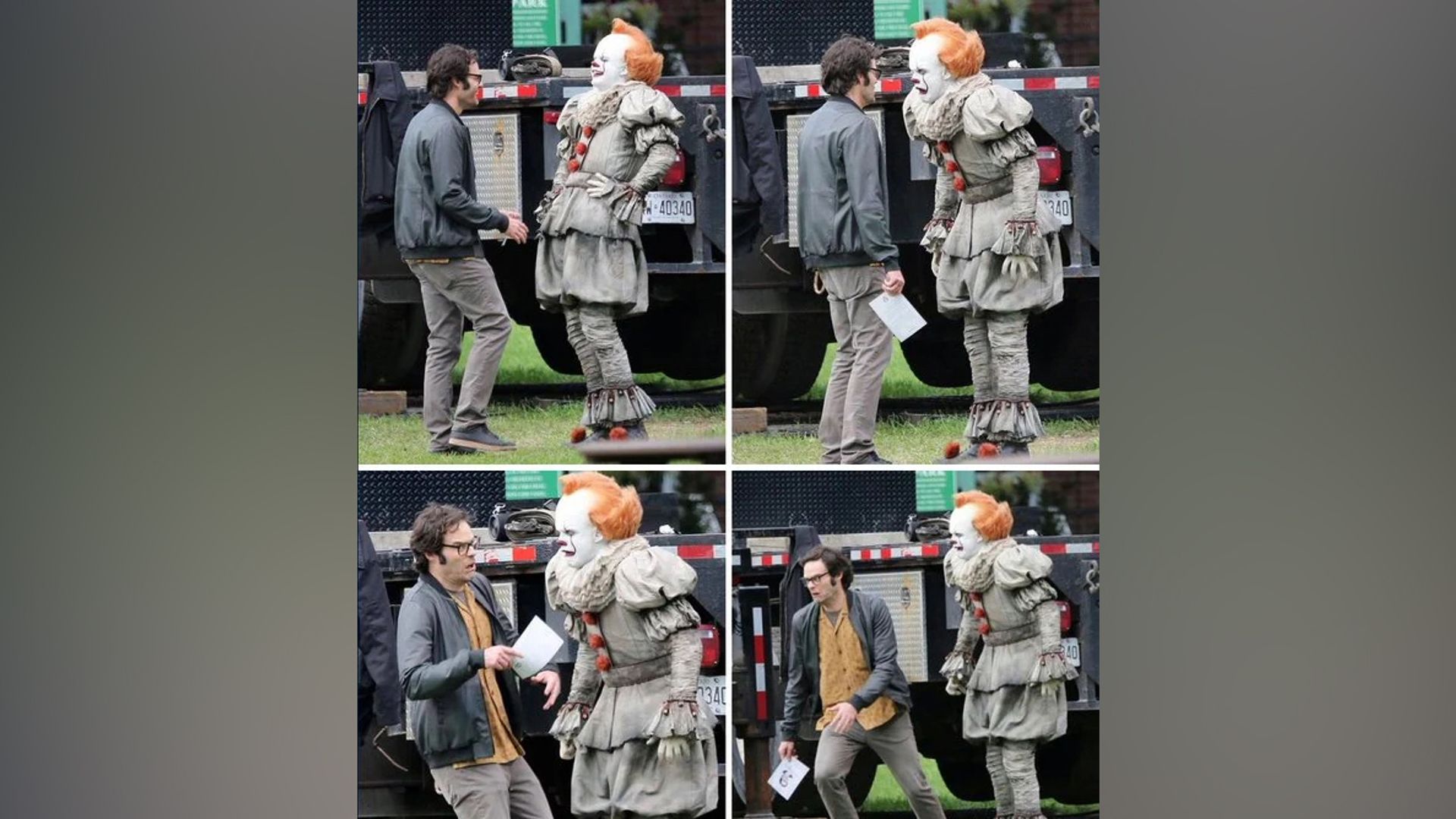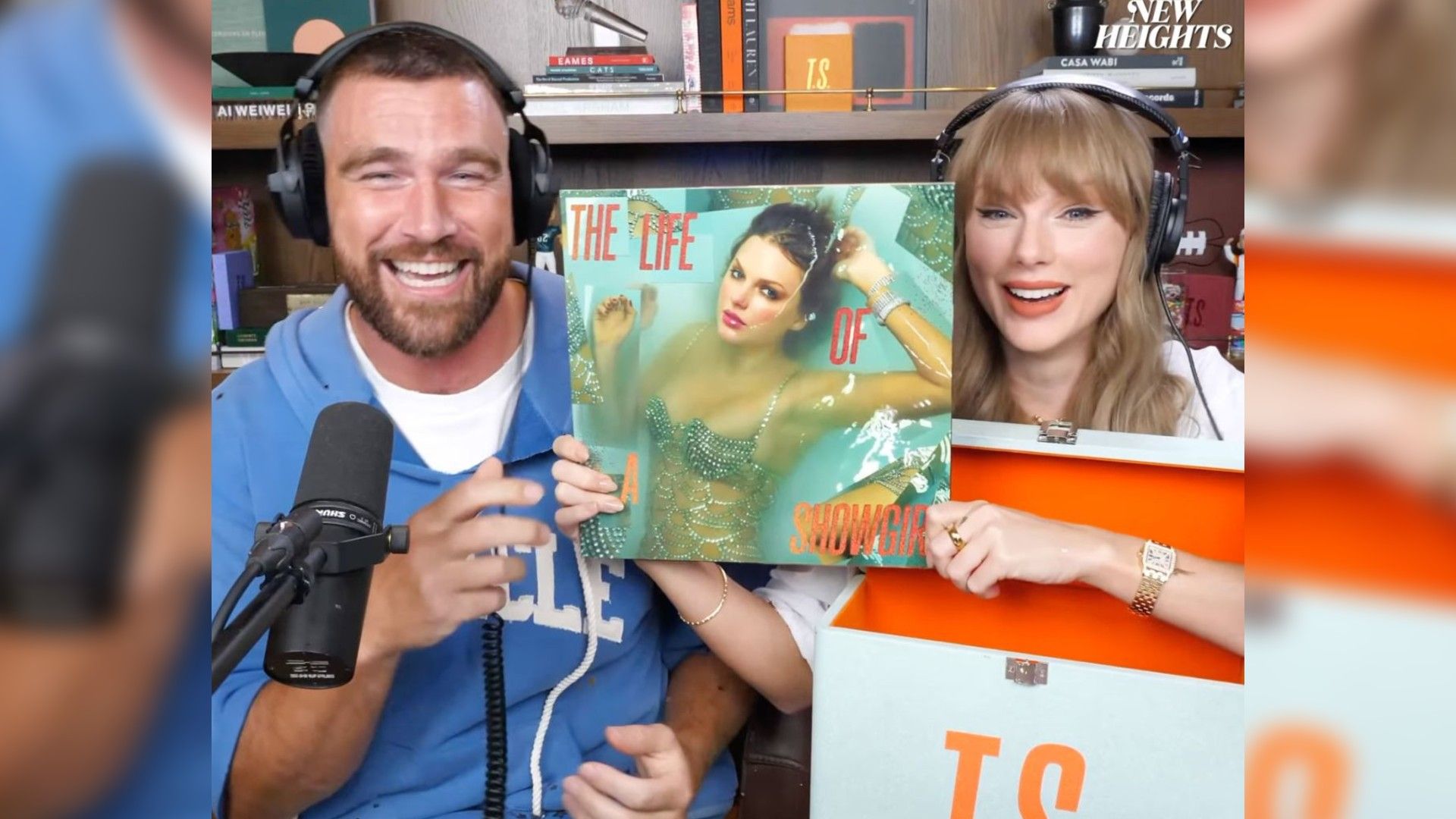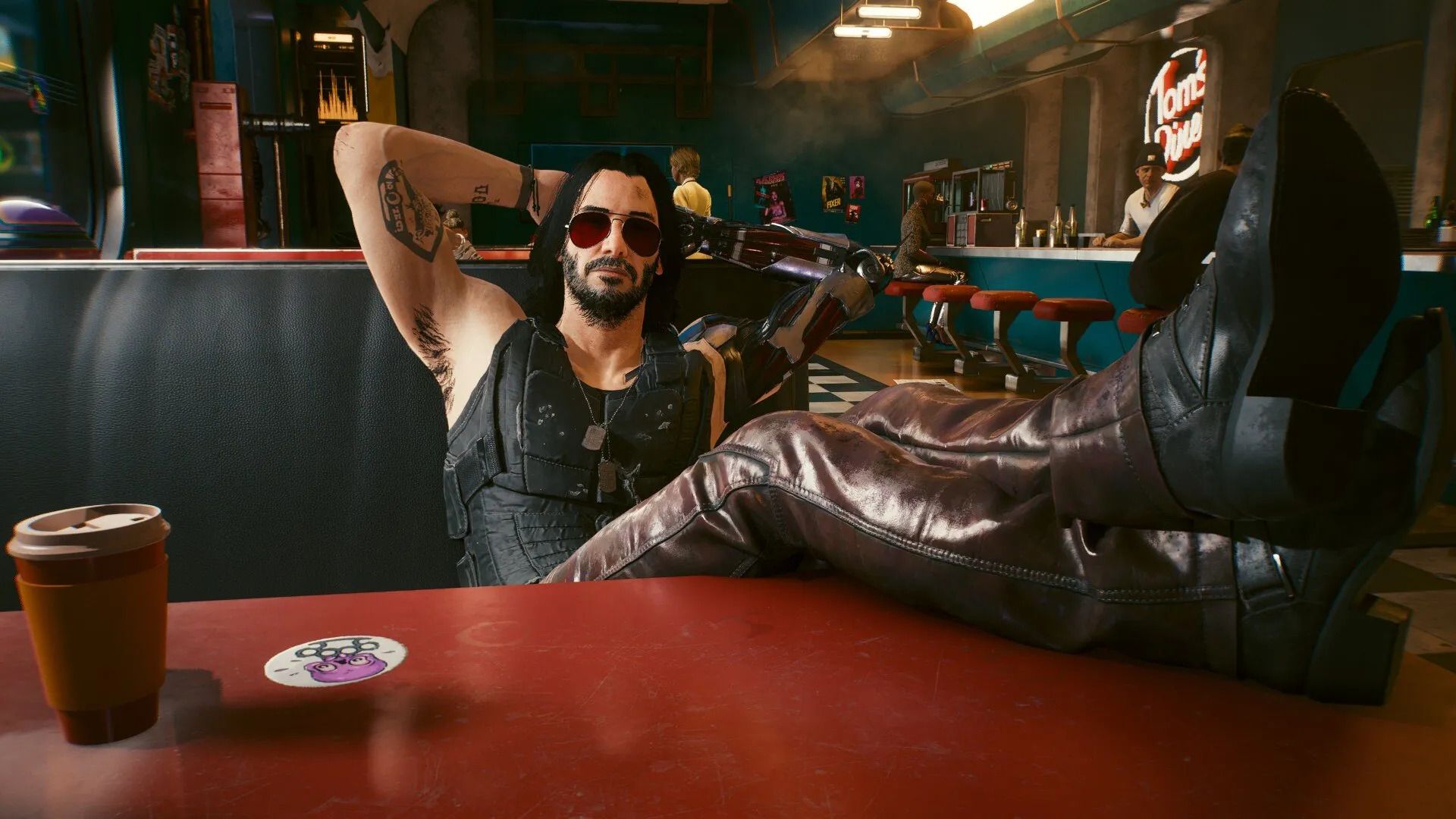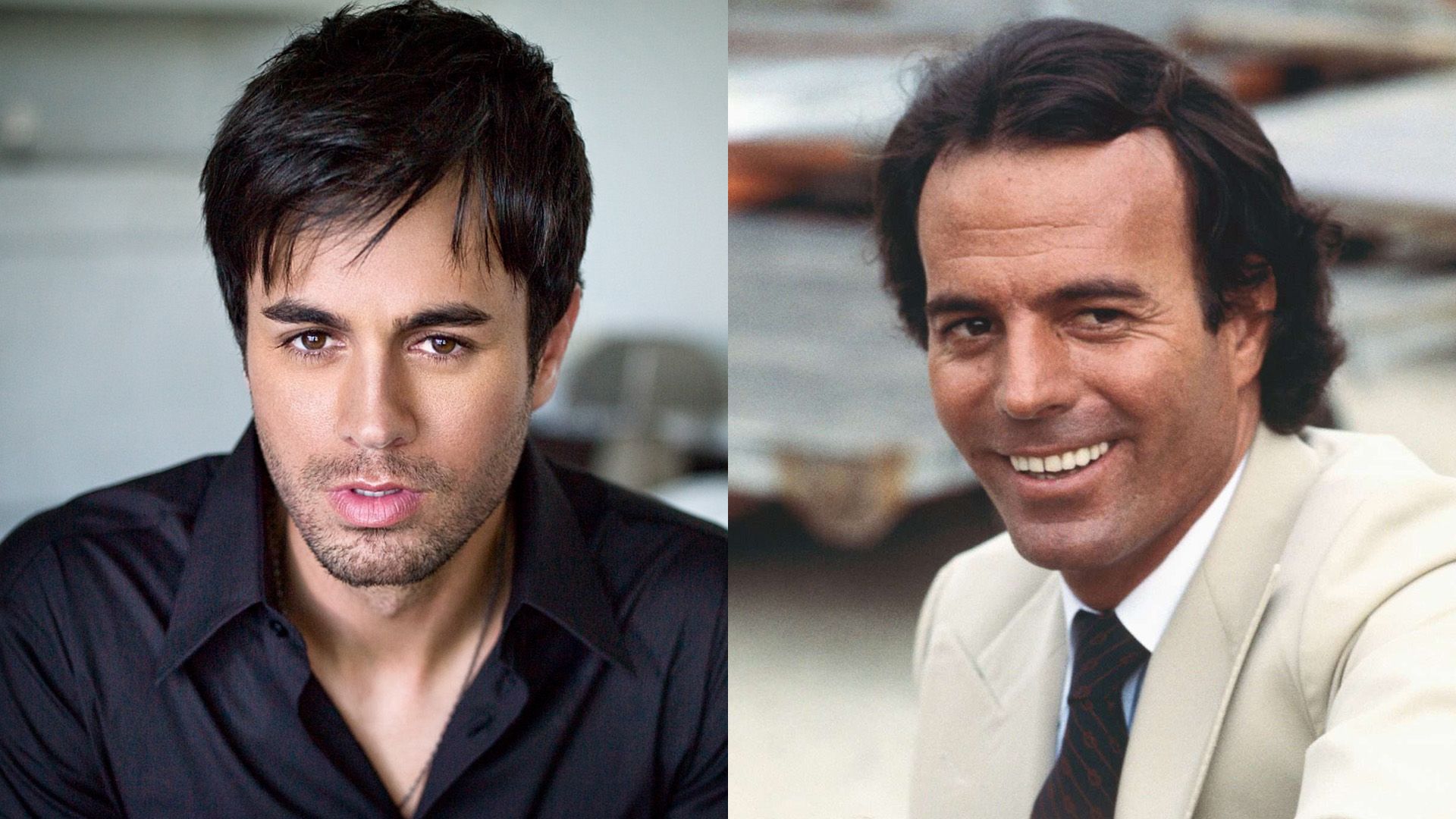"My aspiration is to portray an expansive array of diverse individuals"
From an early age, Skarsgård nurtured a fondness for transformations and grimaces, spending considerable time with his father, the actor Stellan Skarsgård, on set. He observed adults dressing up as a myriad of characters, impersonating different individuals, and then receiving monetary compensation for it - a concept that intrigued him greatly.
Distinctive Perception
Indeed, audiences could not overlook the actor's strabismus. Skarsgård perceives this minor peculiarity as no impediment to his profession. In one interview, he elaborated that his strabismus was not merely a physical attribute, but integral to his persona and individuality. He asserts that it assists in crafting his characters to be unique and multifaceted, acknowledging that achieving such an effect without this characteristic would be considerably more challenging.Skarsgård's gaze did not only unsettle the child actors from the first part, but also his adult colleague from the second part of "It" - Bill Hader. At the start of filming, Hader asked Skarsgård how the "eye effect" was achieved. Skarsgård, already made up as Pennywise, replied, "Oh, you mean THIS?" The photographers captured Hader's priceless reaction.I have a slight strabismus, and if I relax the muscles in my eye, my left eye seems to glass over. We thought it would be great to incorporate this into the film, so throughout the movie, Pennywise's eyes are pointing in two different directions.




